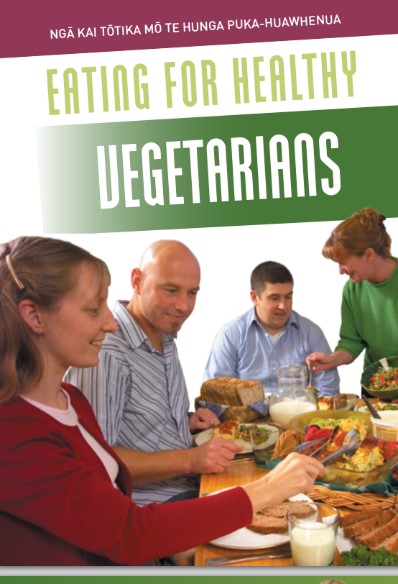Nutrient needs explained
Key points about your nutrient needs
- Nutrients are found in food and drinks. Your body uses them for energy and to grow and keep you healthy.
- Australia and New Zealand have shared recommendations for all the macronutrients (energy, protein, fat, carbohydrate, fibre and water), vitamins and minerals your body needs.
- The different terms used to describe the amount of each nutrient your body needs are explained below.
- Different amounts are recommended for people of different ages, life stages and genders.

Australia and New Zealand have shared recommendations for energy, protein, fat, carbohydrate, fibre, water and all of the vitamins and minerals. You can find these listed on the Australian Government Eat for Health website(external link).
There's a high degree of variation in the way that people absorb and break down nutrients in their body. This was taken into consideration when designing the recommended amounts. The recommendations are based on the best available science and are regularly reviewed.
Please note that the recommendations are estimates for healthy people and may not be suitable if you have certain health conditions or specific nutrient needs (eg, preterm baby). It's best to seek advice from your healthcare provider about your own individual nutrient needs.
We eat foods and not single nutrients, so it’s best to follow the advice recommended in the Eating and Activity guidelines as they were developed to ensure New Zealanders are able to meet their nutrient needs. Find out about recommended daily servings of major food types and more about food groups in general. You can also read more about nutrients and why we need them.

Image credit: Canva
Recommended dietary intake (RDI)
This in the average daily dietary intake level that will be enough to meet the nutrient requirements of nearly all healthy people (97–98%) in each life stage and gender group. You may see the term RDI used on packaged food labels. Read more about using food labels.
Estimated average requirement (EAR)
This is the daily nutrient level estimated to meet the requirements of half the healthy people in each life stage and gender group.
Adequate intake (AI)
Sometimes there isn’t enough information to work out the recommended dietary intake (RDI). The alternative is the adequate intake (AI), which is an estimated intake of a nutrient that's assumed to be enough for healthy people.
Estimated energy requirement (EER)
This is the average dietary energy intake that's predicted to maintain good health and energy balance in a healthy adult of a particular age, gender, weight, height and level of physical activity. EER is measured in kilojoules or calories.
Upper level of intake (UL)
We only need nutrients in certain amounts. The upper level of intake is the highest average daily nutrient intake level that poses no risk or harm to the health of almost everyone in the population. As intake increases above the UL, the risk of there being an adverse effect increases.
There's no established benefit for healthy people to eat a nutrient in amounts greater than the RDI or AI. Where there's no UL available, this means there's not enough evidence for an upper limit to be set. It doesn't mean that eating a high level of that nutrient is safe.
Nutrients and dietary energy calculator(external link) Eat For Health, Australia
Brochures
Eating for healthy babies and toddlers(external link) HealthEd, NZ
Eating for healthy children aged 2–12 years(external link) HealthEd, NZ
Eating for healthy older people(external link) HealthEd, NZ
Eating for healthy vegetarians(external link) HealthEd, NZ
Safe and Healthy Eating in Pregnancy(external link) Ministry of Health and Health Promotion Agency, NZ
Eating for healthy breastfeeding women(external link) HealthEd, NZ
Apps
Nutrition, exercise and weight management apps
References
- Nutrient reference values for Australia and New Zealand including recommended dietary intakes(external link) Australian Govt and Ministry of Health, NZ, 2017
Brochures

Ministry of Health and Health Promotion Agency, NZ, 2023

Eating for healthy older people
Ministry of Health, NZ, 2021

HealthEd, NZ, 2012
Credits: Healthify editorial team. Healthify is brought to you by Health Navigator Charitable Trust.
Reviewed by: Lily Henderson, Registered Dietitian
Last reviewed:





